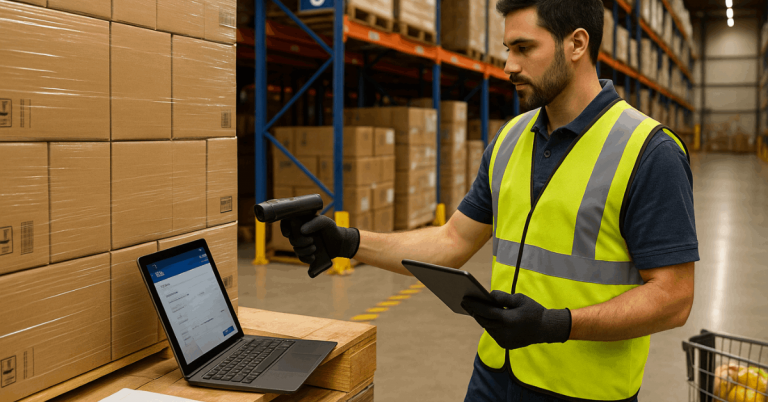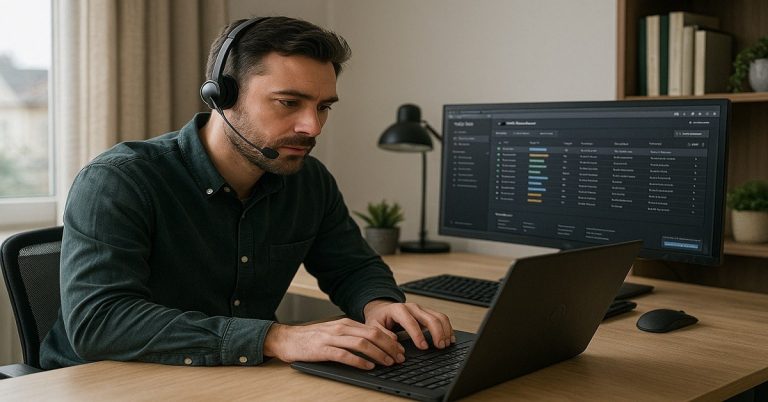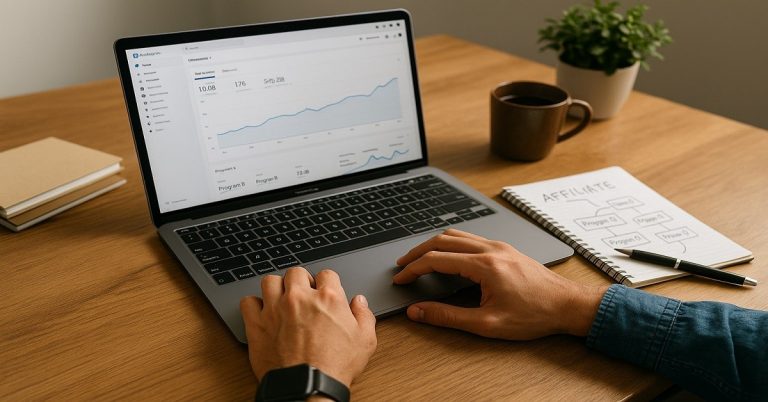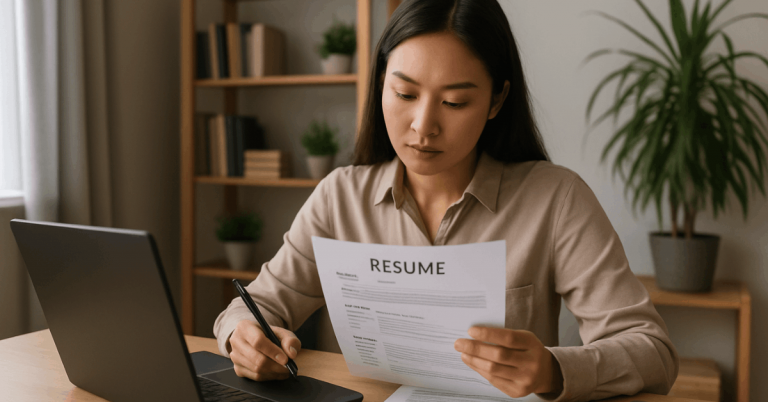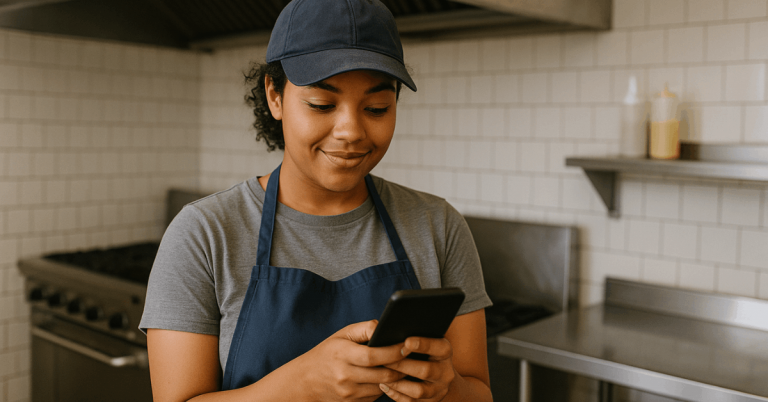You can start delivering with a bike in days if you follow a clear plan.
You need the right documents, a safe bicycle, and a strategy to earn during peak hours. Your pay depends on the app, city, and schedule.
You should track your costs to understand real earnings after expenses.
Who Can Apply and What You Need
You qualify if you meet the age, ID, and background rules in your country. You usually need a government ID, a recent photo, and a smartphone with data.
Some platforms ask for a clean background check and basic right-to-work verification.
You do not need a driving license to deliver by bicycle, but you must comply with local traffic laws.
You should be comfortable riding in city traffic and at night with lights and reflectors. You should also be ready for variable weather.
Your Bike and Safety Gear
Use a road-worthy city bike with reliable brakes and puncture-resistant tires. Add front and rear lights, reflectors, and a loud bell.
Install a phone mount and a portable battery. Carry a basic tool kit, spare tube, and mini-pump. Wear a certified helmet and high-visibility vest at night.
Use a weatherproof jacket and insulated gloves in winter. Keep your bag clean to meet food safety expectations.
The Apps You Can Use
Major options include Uber Eats, DoorDash (U.S. and Canada), Deliveroo (U.K. and others), Rappi and PedidosYa (Latin America), and iFood (Brazil).
You can register on more than one app to reduce idle time. Each app pays per delivery with a base rate plus variable extras.
Some offer peak-time boosts, quests, or customer tips. Your best mix depends on your city and demand patterns.
You should test multiple apps in the same week and compare hourly earnings.
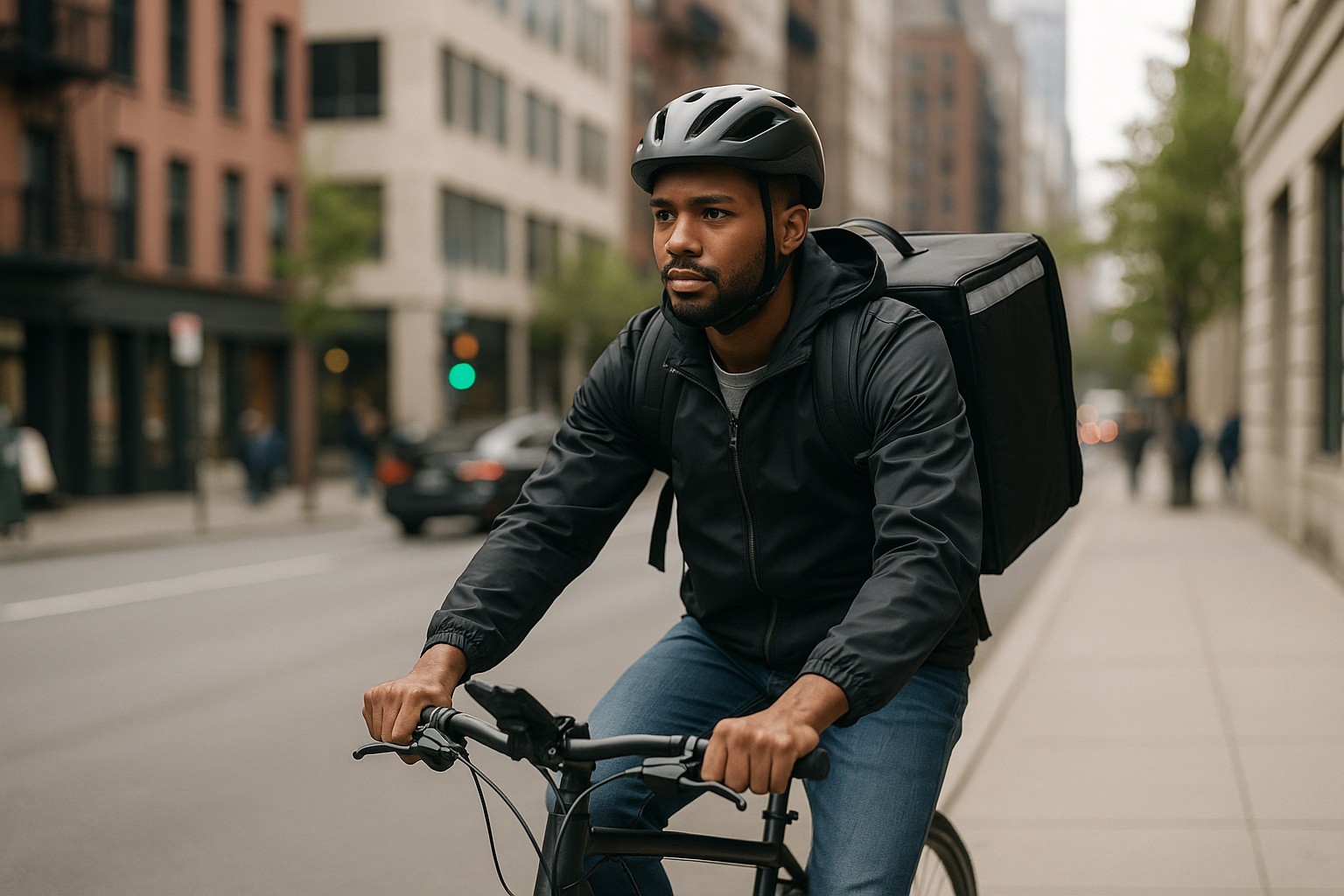
How Pay Works (and Typical Earnings)
Most delivery apps pay per order based on time, distance, and desirability.
DoorDash describes Base Pay and adjustments clearly on its official page, which is a good reference for how per-delivery models work.
You should expect wide variation by hour and location.
Gross vs. net
Your gross pay excludes your costs. Your net pay subtracts gear, phone data, insurance, repairs, and taxes.
Bike delivery avoids fuel costs, but you must maintain tires, brakes, the chain, and lights. You should log every expense from day one.
Customer Service and Tips
Send a short greeting when you accept the order. Confirm pickup notes and ring the bell politely on delivery.
Keep the food upright and double-check items. If there is a delay, message the ETA. Take clear proof-of-delivery photos when required.
Good service brings repeat tips and high ratings. High ratings unlock priority access or extra opportunities in some apps.
Earnings Targets and Realistic Scenarios
In the U.S., a cautious planning number is $12–$18 gross per hour for food delivery, depending on demand and idle time.
In the U.K., plan around £7–£12 gross per hour as a wide band, acknowledging debates about minimum-hour guarantees during active time.
In Brazil, use R$31 brutos por hora, then adjust for your zone, weather, and schedule.
In Mexico, treat company-quoted benchmarks as promotional and validate with your own tracked results across several weeks.
When to Work for Better Earnings
You earn more during meal peaks and bad weather. Lunch rush is usually 11:30–14:00. Dinner rush often runs 18:00–21:30.
Weekends are busier and can include late-night spikes. Rain and cold increase demand but add risk; ride defensively and slow down.
Learn your city’s zones; dense areas with clusters of restaurants cut deadhead distance.
Documents, Registration, and Onboarding
Create an account in your chosen app. Upload your ID and a clear selfie.
Complete right-to-work steps if requested. Consent to a background check where required. Add your bank account or digital wallet.
Watch any safety or onboarding modules. Order or pick up your insulated bag if the app requires branded gear.
When approved, start in “beginner” zones with steady restaurants and low hills.
How to Plan Routes and Avoid Idle Time
Park near restaurants that generate frequent orders, like burger, pizza, and sushi shops. Watch prep times and avoid partners known for long delays.
Accept orders that move you toward other busy clusters. Avoid long hills or bridges that slow cadence unless the payout is strong.
Use the map to anticipate traffic and bike-lane options. Batch orders when pickups and drop-offs align.
Pause one app when you accept a long run on another to prevent late arrivals.
Legal, Taxes, and Insurance
Most apps classify you as an independent contractor, not an employee. You handle your own taxes and social contributions.
Keep a mileage or hours log and all receipts. Consider personal accident insurance and third-party liability, even when not required.
Some countries are introducing new protections and rules for platform workers.
Mexico’s lower house, for example, approved a 2024 reform to extend benefits like social security and holiday bonuses to many app workers, pending finalization.
Cost Control Checklist
Keep your bike tuned to avoid breakdowns during peaks.
Buy puncture-resistant tires and check pressure daily. Use a rugged phone case and a backup battery to avoid forced logouts.
Choose a data plan with enough high-speed GB for maps and chat. Clean your thermal bag after spills to prevent order rejections.
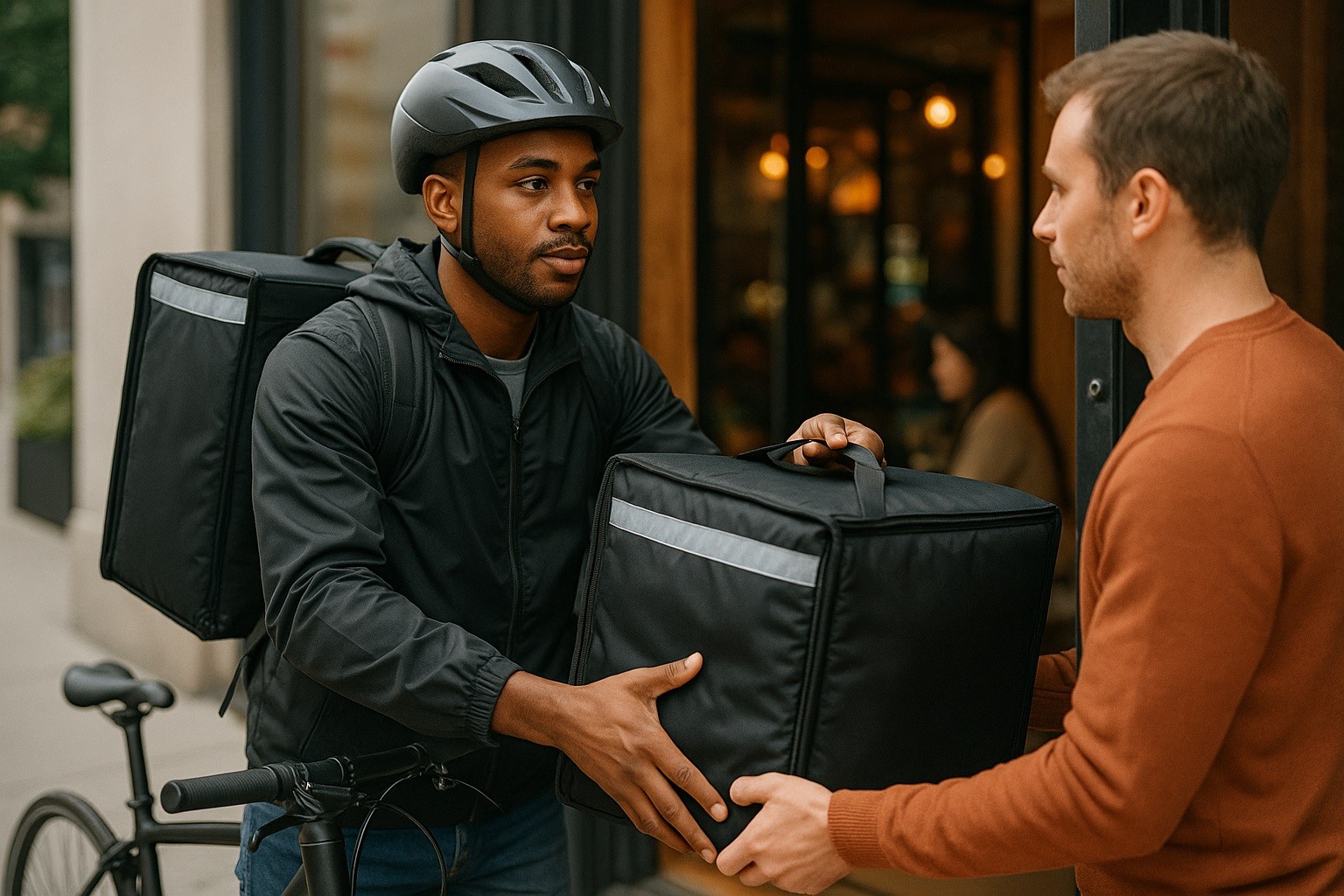
Simple Weekly Workflow to Get Hired and Start Earning
Follow accordingly.
- Day 1–2: Register on two apps, submit documents, and link your bank account.
- Day 3: Pick up or buy your thermal bag and lights; set up your phone mount and power bank.
- Day 4: Do a 90-minute test in a high-density zone at lunch. Track orders/hour and average payout.
- Day 5: Repeat during dinner in the same zone; compare results against lunch.
- Day 6: Add a second zone and enable both apps; try stacked orders carefully.
- Day 7: Review hourly earnings, acceptance rate, distance traveled, and net profit after costs. Keep the best hours and areas for next week, and drop the weak ones.
When This Job Makes Sense
This job works if you value flexible hours and know your city.
It suits you if you can ride daily and keep your gear ready. It fits students, part-timers, and anyone building a side income.
It is less ideal if you need fixed pay or cannot ride safely in traffic. Your outcome depends on your route choices and discipline.
Key Takeaways
You can start quickly with proper documents, a safe bike, and two apps. Your pay is per delivery and varies widely by hour and city.
Verified benchmarks show mid-teens per hour in the U.S., £7–£12 in much of the U.K., and about R$31/h bruto in Brazil.
Your net profit depends on cutting idle time and expenses. Your best results come from peak scheduling, precise zones, and consistent service.

